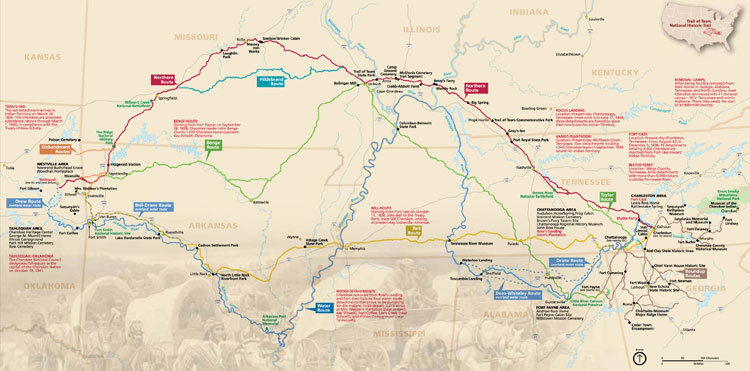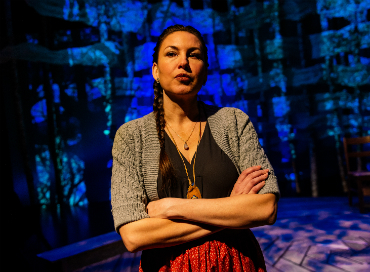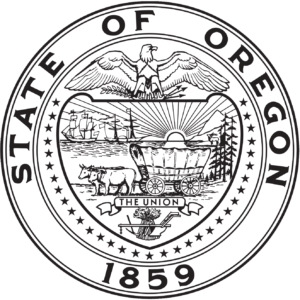A Brief History of the Trail of Tears
Migration from the original Cherokee Nation began in the early 1800s. Some Cherokees, wary of white encroachment, moved west on their own and settled in other areas of the country. The majority, however, were forcibly expelled from their lands in Alabama, Georgia, North Carolina and Tennessee and moved to the newly created Indian Nation in present-day Oklahoma in the late 1830s.
White resentment of the Cherokee was not a new phenomenon. Thomas Jefferson, who often cited the Great Law of Peace of the Iroquois Confederacy as the model for the U.S. Constitution, supported Indian Removal as early as 1802. Animosity toward the Cherokee reached a pinnacle following the discovery of gold in northern Georgia, made just after the creation and passage of the original Cherokee Nation Constitution. Possessed by “gold fever” and a thirst for expansion, many white communities turned on their Cherokee neighbors. The U.S. government ultimately intervened, “removing” the Cherokee people from their farms, lands and homes.
Despite the fact that Cherokee allies saved Andrew Jackson’s military command — and almost certainly his life — at the Battle of Horseshoe Bend in 1814, as president he would authorize the Indian Removal Act of 1830. In 1832, the U.S. Supreme Court ruled in favor of Cherokee sovereignty and affirmed their right to remain on their land; however, President Jackson arrogantly defied the decision and ordered the removal, an act that established the precedent for the future expulsion of other Native Americans from their ancestral homelands.
In 1835, approximately 100 Cherokee signed the Treaty of New Echota, which relinquished Cherokee claim to all lands east of the Mississippi River in exchange for land in Indian Territory, along with the promise of money, livestock, provisions, tools and other rewards. The majority of the Cherokee Nation did not endorse this treaty, with opposition led by Chief John Ross, a mixed-blood of Scottish and one-eighth Cherokee descent.
The Treaty of New Echota led to bitter factionalism within the Cherokee Nation. Prior to the signing, the Cherokee Nation Council had passed a law calling for the death of anyone agreeing to give up tribal land. Many of the leaders of the pro-removal faction — known as the Treaty Party — would be killed upon the arrival of the Cherokee Nation in Indian Territory.
The U.S. government used the Treaty of New Echota to justify the removal, and President Jackson ordered the U.S. Army to begin enforcing the Removal Act. The Cherokee were rounded up in the summer of 1838 and held in prison camps before being loaded onto boats that traveled the Tennessee, Ohio, Mississippi and Arkansas Rivers into Indian Territory.
Nearly all of the 17,000 Cherokee people were forced from their southeastern homeland. An estimated 4,000 died from hunger, exposure and disease during this journey, which became a cultural memory known as the “trail where they cried” for the Cherokees and other removed tribes. Today it is widely remembered by the general public as the “Trail of Tears.”
-Information provided by the Cherokee Nation Cultural Resource Center.
Learn More
Many tribes were expelled from their lands and forced to travel the Trail of Tears, including the Choctaw, Chickasaw, Creek and Seminole. And many other Nations, far beyond those forced to travel the routes known as the Trail of Tears, were also displaced or otherwise directly impacted by the Indian Removal Act.
Read stories from the Trail of Tears
View a larger map of the Trail of Tears.
To learn about Oregon's forced marches, start with David G. Lewis's research website.
Portland Center Stage is committed to identifying & interrupting instances of racism & all forms of oppression, through the principles of inclusion, diversity, equity, & accessibility (IDEA).




















